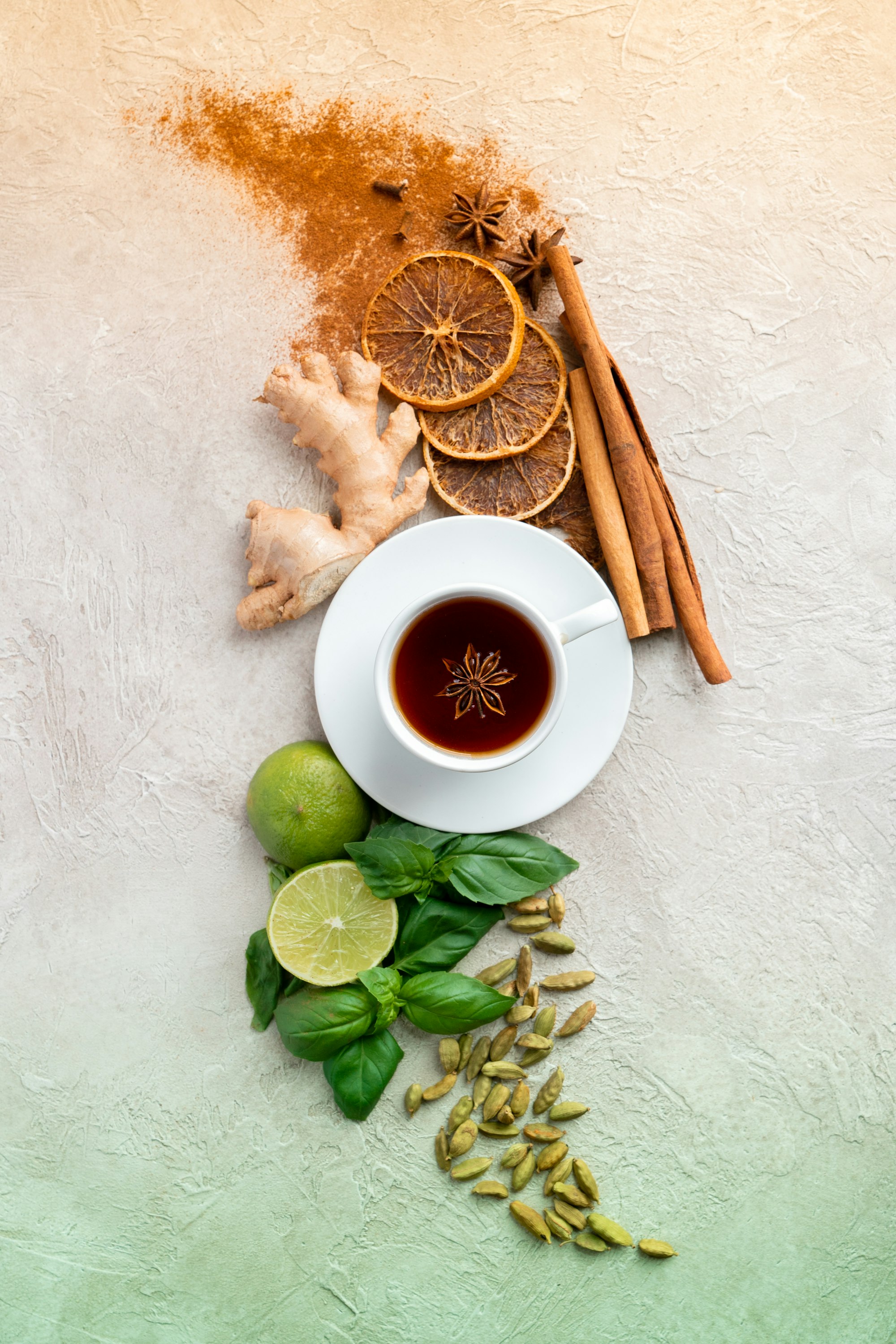Content Summary
Do you know that 100 million people in the USA suffer from chronic pain? Chronic pain can be difficult for both mental and emotional health. Therefore, we outlined 10 easy to follow tips to manage your chronic pain.
What Causes Pain?
Pain is often due to inflammation, which is a protective function that prevents bacteria, toxins, and foreign material at the site of the injury from spreading. When tissues are injured, they release chemicals like histamine that irritate the nerves. Histamine begins the inflammatory process, dilating blood vessels, which increases their permeability so the healing can begin. Kinins are proteins in blood that dilate blood vessels, also increasing their permeability and attract white blood cells to the inflamed site.
What are White Blood Cells and Their Role in the Body?
White blood cells are a key part of the body's immune system. They help to protect the body from infection and disease. White blood cells can also help to reduce inflammation and pain.
Chronic pain is a problem that affects millions of people worldwide. It can be difficult to treat, and can seriously affect quality of life. There is growing evidence that white blood cells may play a role in chronic pain relief.
White blood cells release a number of different chemicals that can help to reduce pain. These include cytokines, prostaglandins, and leukotrienes. These chemicals work together to block the signals that cause pain, inflammation, and fever. They also promote healing and reduce swelling.
Check Out These 10 Tips and Use Them to Ease Your Chronic Pain:
- Get regular exercise: Exercise releases endorphins, which have natural pain-relieving properties.
- Eat a healthy diet: Eating nutritious foods helps your body to better cope with pain.
- Apply heat or cold: Applying heat or cold to the affected area can help to reduce pain and inflammation.
- Try relaxation techniques: Relaxation techniques such as yoga, meditation, and deep breathing can help to ease chronic pain.
- Stretch regularly: Stretching helps to increase flexibility and range of motion, which can reduce pain.
- Get enough sleep: Sleep is essential for healing and repair, so be sure to get enough rest.
- Manage stress: Stress can exacerbate pain, so it’s important to find ways to manage it effectively.
- Quit smoking: Smoking decreases blood flow and can make chronic pain worse.
- Massage: Massage therapy can help to relieve muscle tension and reduce pain.
- See a doctor: If chronic pain is interfering with your quality of life, be sure to see a doctor for further evaluation and treatment options.
Foods That Ease Pain:
There are some foods that you can include in your daily diet will be beneficial to help you control your chronic pain.
1. Oats
There are a few ways that oats can help reduce chronic pain. For one, oats are high in fiber, which helps digestion and therefore reduces inflammation throughout the body. Oats are also a good source of magnesium, which is known to help relieve chronic pain. Finally, oats contain avenanthramides – compounds that have anti-inflammatory and analgesic effects – which provide additional relief from chronic pain.
2. Corn
There are a few ways that corn can help to reduce chronic pain. One way is through the use of corn oil for massage. Corn oil is known for its analgesic properties, which can help to relieve pain in the muscles and joints. Additionally, corn husks can be boiled and used as a poultice to provide relief from chronic pain. The boiled husks can also be applied topically to bruises and inflamed areas. Finally, consuming corn regularly can help to manage inflammation and prevent the onset of chronic pain conditions.
3. Brown Rice
There are many ways that brown rice can help you reduce chronic pain. For one, it is a low-glycemic food, which means that it doesn't cause a spike in blood sugar levels. This is important because chronically high blood sugar levels can lead to inflammation, pain, and other health problems.
In addition, brown rice is a good source of fiber, magnesium, and vitamin B6. All of these nutrients are beneficial for pain relief. Fiber helps to keep the digestive system functioning properly and can reduce constipation, which is a common cause of pain. Magnesium is a natural anti-inflammatory agent and can help to relieve muscle tension and cramps. And vitamin B6 is needed for the production of serotonin
4. Black-Eyed Peas
Chronic pain can be difficult to manage, but black-eyed peas may be able to help. The legumes are a good source of pain management and pain relief, thanks to their high levels of omega-3 fatty acids and magnesium.
Both of these nutrients have been shown to reduce chronic pain, inflammation, and muscle spasms. Plus, black-eyed peas are a good source of protein and fiber, both of which can help you feel fuller longer and reduce cravings for unhealthy foods that may contribute to chronic pain.
5. Broccoli
There is some evidence that broccoli may help reduce chronic pain. One of the ways it may do this is by reducing inflammation, which is often at the root of chronic pain.
Broccoli contains glucoraphanin, a phytonutrient that helps the body detoxify harmful chemicals. Detoxification is important for managing chronic pain, as many painkillers (such as ibuprofen) can cause damage to the liver over time.
Additionally, broccoli contains a compound called sulforaphane, which has anti-cancer properties and may also help to reduce inflammation. Finally, broccoli is a good source of dietary fiber, which can help to regulate digestion and promote gut health, both of which are important for overall health and well-being.
6. Cauliflower
Cauliflower contains a compound called sulforaphane that has pain-relieving properties. Sulforaphane is a natural product of the plant's enzymatic browning reaction. When you chop or grate cauliflower, you activate these enzymes, and they start to break down the vegetable's cellular walls. This process releases sulforaphane, which studies have shown can help manage pain and reduce inflammation.
7. Cherries
There are many benefits to eating cherries, including pain management and relief. Cherries are high in anthocyanins, which are powerful antioxidants that can help reduce inflammation and pain.
Additionally, cherries contain melatonin, which can help to regulate the body's natural sleep cycle and promote better sleep quality - something that is often beneficial for those suffering from chronic pain. Lastly, cherries are a good source of Vitamin C, which is important for overall health and can help boost the immune system.
8. Pineapple
Bromelain, an enzyme that comes from the stem and juice of pineapples, reduces inflammation. Bromelain helps to break down proteins, and it's thought that this process may help to reduce inflammation and provide relief from pain.
So, adding pineapple to your diet can be a great way to help manage chronic pain. In addition to its anti-inflammatory effects, pineapple is also a good source of vitamins and minerals, including vitamin C, which is important for overall health.
9. Grapes
Grapes are a natural source of pain relief. They contain compounds called anthocyanins that help to block inflammation and reduce pain. Additionally, grapes are a good source of antioxidants, which help to protect cells from damage and inflammation. Incorporating grapes into your diet may help to reduce chronic pain and improve your overall quality of life.
10. Winter Squash
Winter squash is a great food to add to your diet if you're looking for relief from chronic pain. The antioxidants and anti-inflammatory agents found in winter squash can help to manage pain and inflammation, which can lead to a reduction in overall pain levels. Additionally, the high fiber content of winter squash can help to regulate digestion and reduce constipation, which is often a contributing factor in chronic pain.
Using Painkillers and Their Consequences
If you have chronic pain, chances that you reach for NSAIDs/Non Steroidal anti-inflammatory drugs/ like Aspirin, Ibuprofen, and Celecoxib, to block the enzymes that trigger the inflammation and pain. Unfortunately, that relief comes with a high cost of side effects such as: ulcers, high blood pressure, and even hart attacks and strokes, according to recent study in the medical journal The Lancet.
Therefore, Natural Herbs and Supplements are the Answer for Managing Your Chronic Pain
We Outlined 3 Best Chronic Pain Supplements:
#1. Terry Naturally Curamin Extra Strength
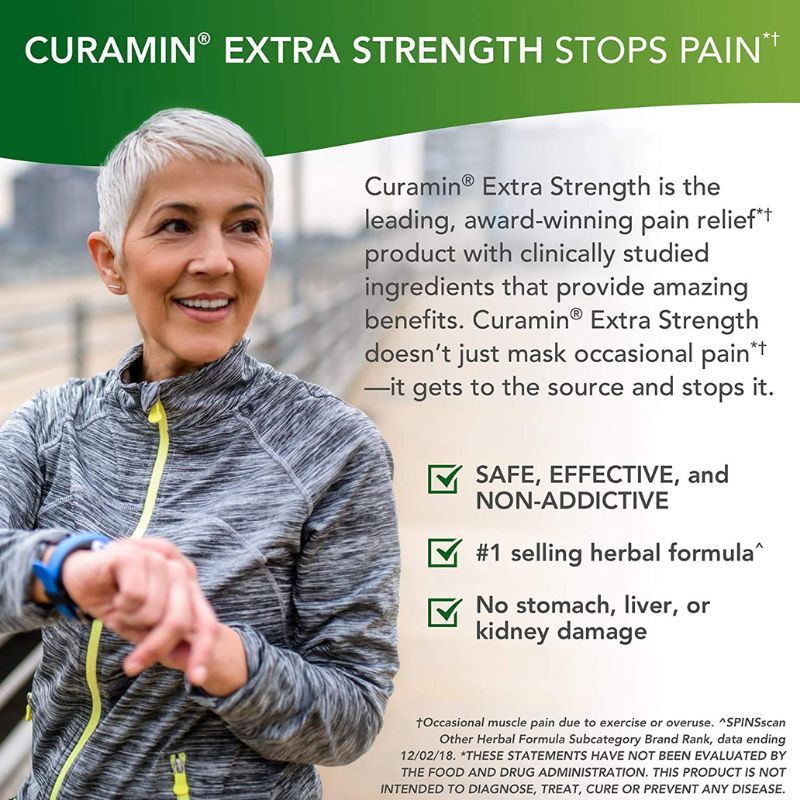
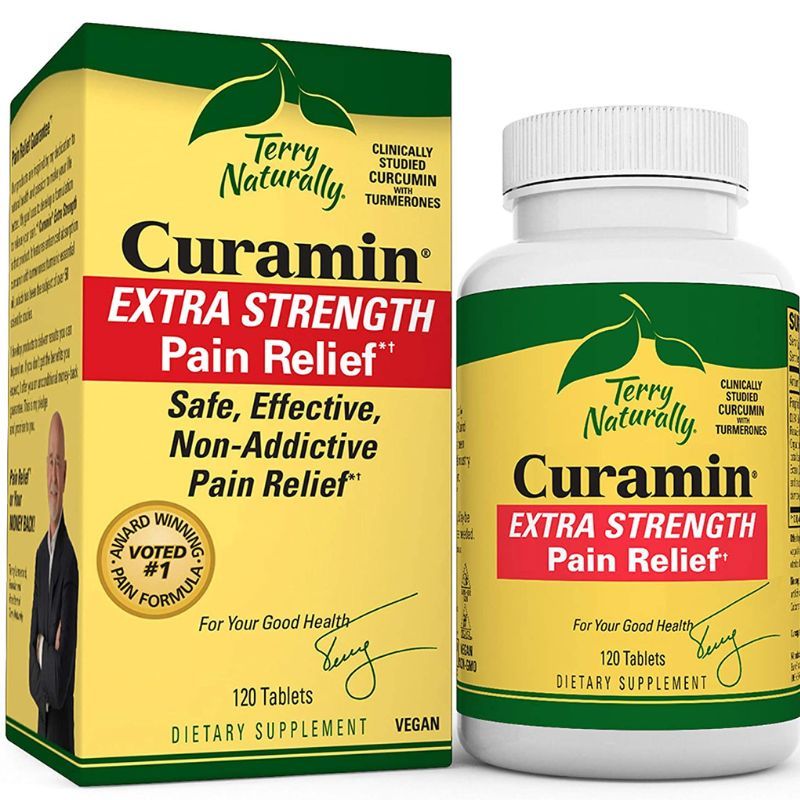

#2. Nature's Way Cayenne 40,000 SHU Potency
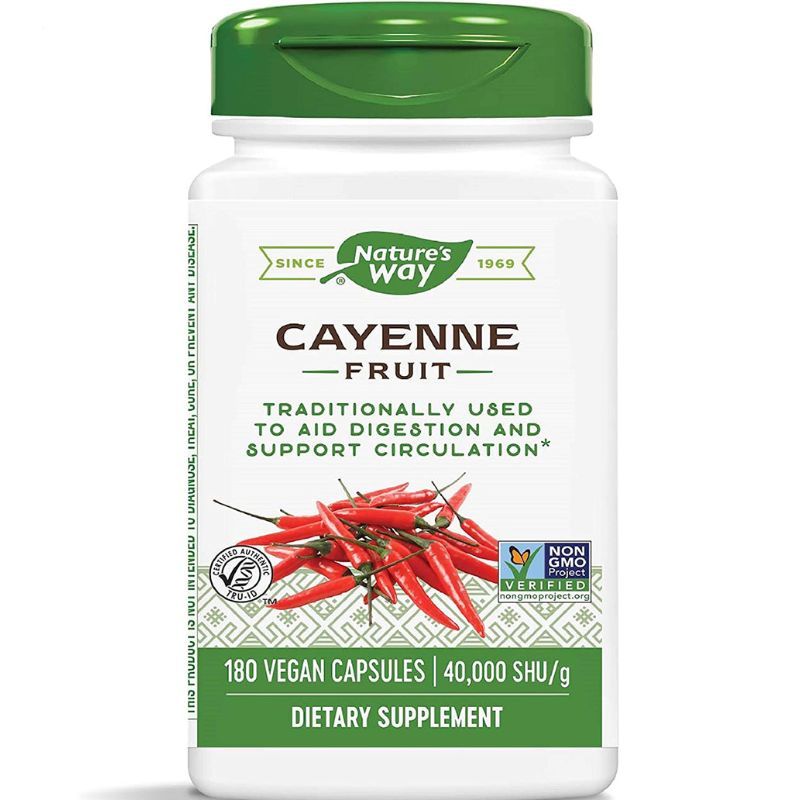
Stimulates Endorphin production. Pain Relief for Arthritis, Headache, Migraine, Pain, Shingles.
#3. Turmeric Curcumin with BioPerine & Ginger
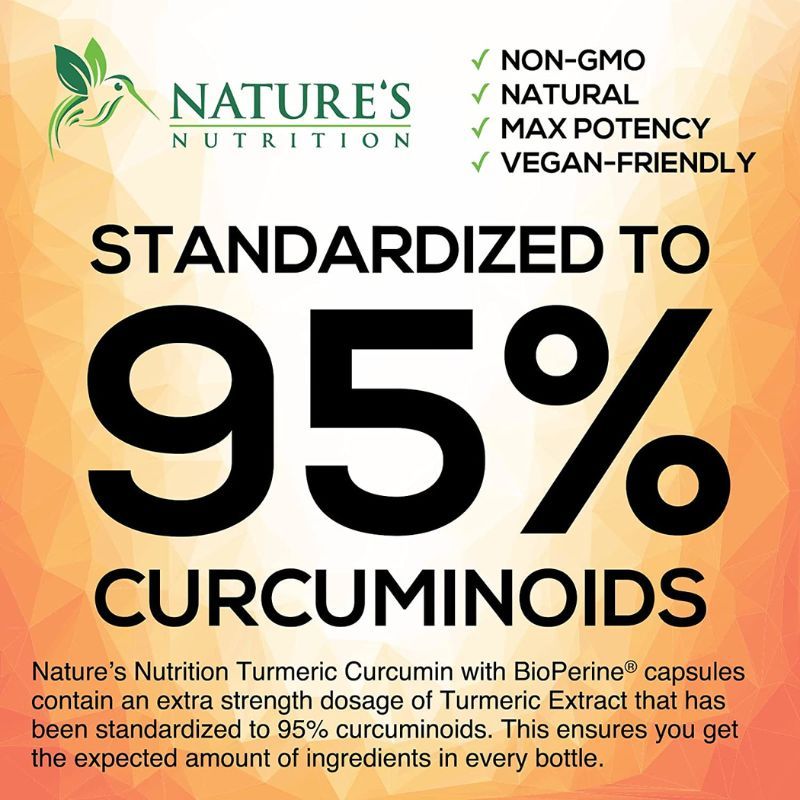
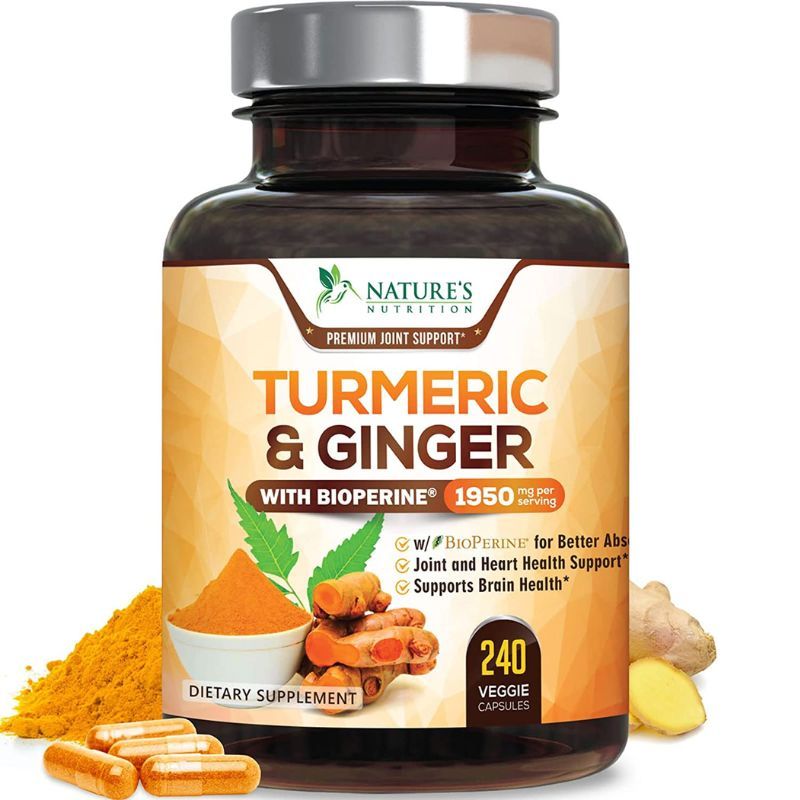

Conclusion
If you’re living with chronic pain, know that you’re not alone—nearly one in three adults in the United States suffers from this condition. That’s 100 million people. But just because it’s common doesn’t mean it’s easy to live with—chronic pain can be debilitating both physically and mentally."
Fortunately, there are many things you can do to manage your chronic pain and improve your quality of life." We hope these tips were helpful!
Thank You for Reading!
Be Healthy and Happy!
Check Our Relevant Reads Below:


